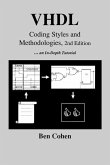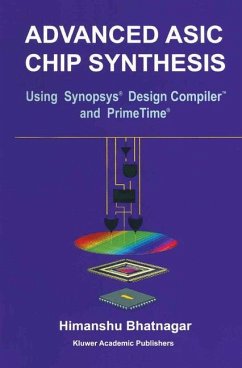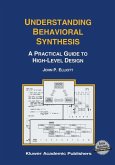One of the main applications of VHDL is the synthesis of electronic circuits. Circuit Synthesis with VHDL is an introduction to the use of VHDL logic (RTL) synthesis tools in circuit design. The modeling styles proposed are independent of specific market tools and focus on constructs widely recognized as synthesizable by synthesis tools.
A statement of the prerequisites for synthesis is followed by a short introduction to the VHDL concepts used in synthesis. Circuit Synthesis with VHDL presents two possible approaches to synthesis: the first starts with VHDL features and derives hardware counterparts; the second starts from a given hardware component and derives several description styles. The book also describes how to introduce the synthesis design cycle into existing design methodologies and the standard synthesis environment.
Circuit Synthesis with VHDL concludes with a case study providing a realistic example of the design flow from behavioral description down to the synthesized level.
Circuit Synthesis with VHDL is essential reading for all students, researchers, design engineers and managers working with VHDL in a synthesis environment.
A statement of the prerequisites for synthesis is followed by a short introduction to the VHDL concepts used in synthesis. Circuit Synthesis with VHDL presents two possible approaches to synthesis: the first starts with VHDL features and derives hardware counterparts; the second starts from a given hardware component and derives several description styles. The book also describes how to introduce the synthesis design cycle into existing design methodologies and the standard synthesis environment.
Circuit Synthesis with VHDL concludes with a case study providing a realistic example of the design flow from behavioral description down to the synthesized level.
Circuit Synthesis with VHDL is essential reading for all students, researchers, design engineers and managers working with VHDL in a synthesis environment.








